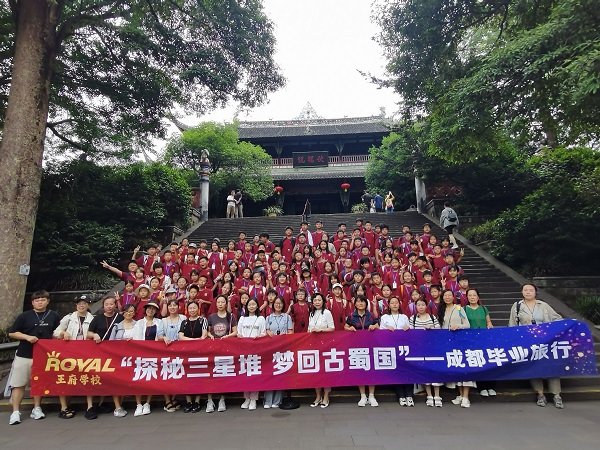search for a Trip
-
LHASA - At the foot of the stunning red-and-white Potala Palace, under the five-star flag, pilgrims prostrate themselves on the ground, falling to their knees and then lying flat on their stomachs.
Monday is the 21st day of the third month in the Tibetan calendar, not an occasion for massive pilgrimages - which happen on the eighth, 15th and 30th of every month. Still, devout Buddhists are constantly seen, walking clockwise along the major pilgrimage routes around the Potala and Porgor Street near Jokhang Temple.
A crowd of about 5,000 people from all walks of life gathered in front of Potala Palace Monday morning to mark the special date that opened a new chapter in Tibet's history.
"It's a historic date for all the Tibetans," said Qiangba Puncog, chairman of Tibet's regional legislature. "It opened a new chapter in Tibet's history...and ushered in a new period of national unity and rapid development."
A grand flag-raising ceremony was held at 10 a.m., with the entire crowd joining in a chorus of the national anthem.
Flowers were then presented at a monument marking Tibet's peaceful liberation in 1951, and the crowd went silent to mourn the heroes who died in the fight for Tibet's liberation, socialism building and economic development.
Exactly 60 years ago, on May 23, 1951 an agreement was signed between the Chinese central government and representatives of the Kasha, the former local Tibetan government.
The document, known as the 17-point agreement, said the Tibetan people should unit and drive out imperialist aggressive forces from Tibet and return to the big family of the People's Republic of China.
It said the Tibetan local government should assist the People's Liberation Army (PLA) to enter Tibet and consolidate the national defense. It also pledged regional autonomy and religious freedom in Tibet.
The agreement was followed, five months later, by the arrival of PLA troops in Lhasa in October.
- May 23rd, 2011
More Attractions






